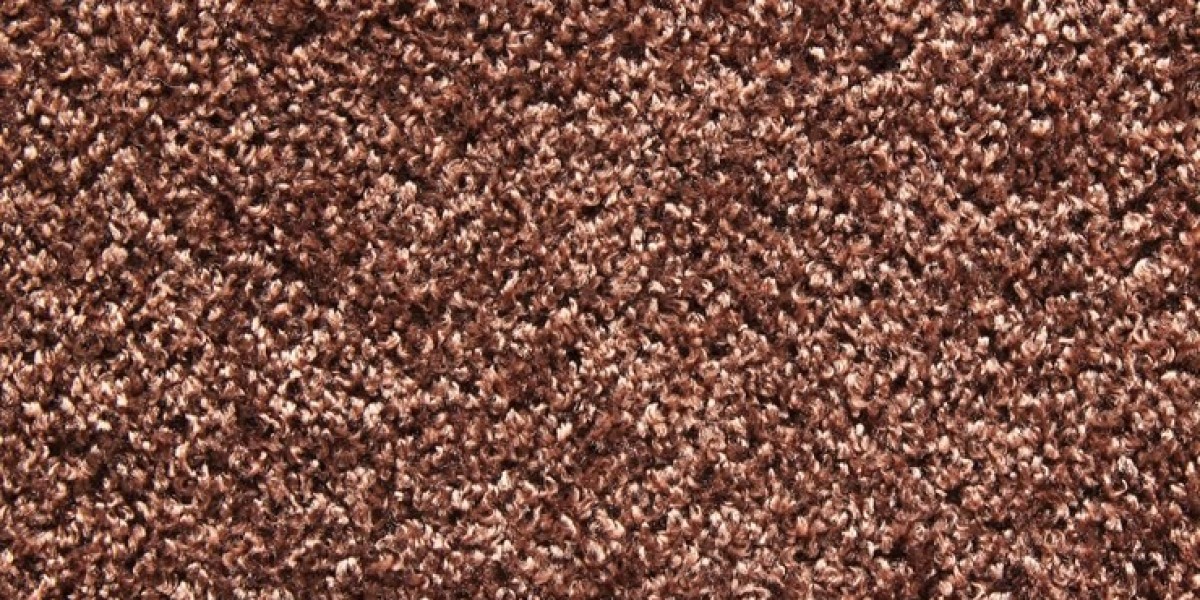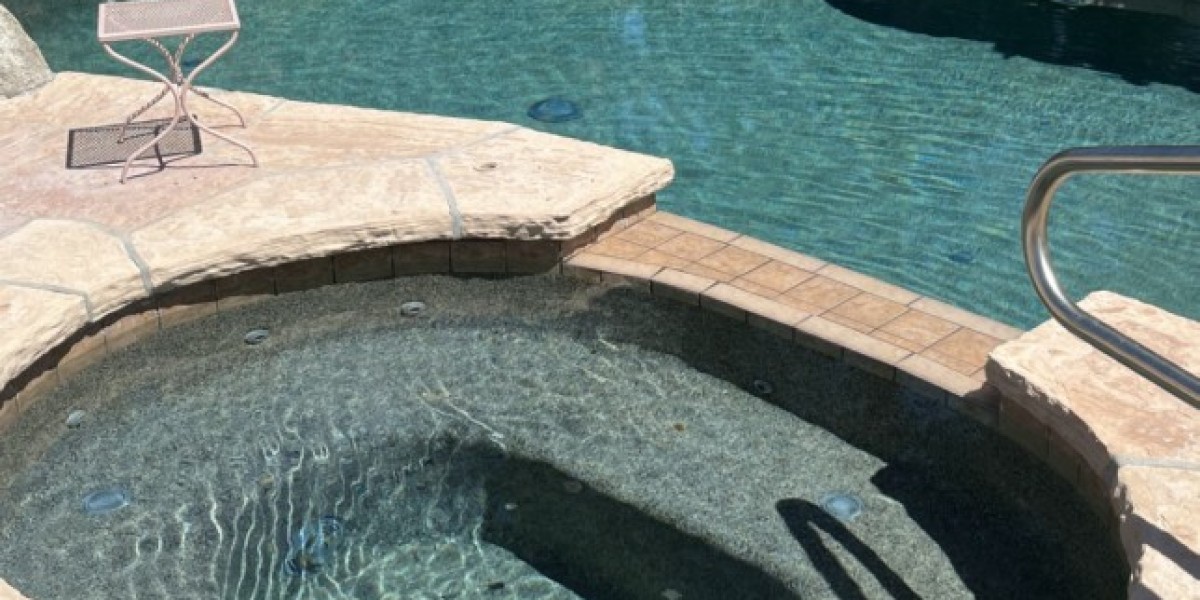The carpet tile market has undergone a remarkable transformation over the past few decades, evolving from a niche commercial product to a widely adopted flooring solution used in both residential and commercial settings. Historically, carpet tiles were associated with functional, practical flooring in corporate offices, hotels, and institutions. Today, however, they are seen as versatile, stylish, and sustainable options for a range of applications. This article explores the key phases in the evolution of the carpet tile market, including technological innovations, sustainability trends, and changing consumer preferences that have shaped the industry's growth.
1. The Rise of Carpet Tiles in Commercial Spaces
The origins of carpet tiles can be traced back to the mid-20th century when they were first introduced to the market as a more practical, durable alternative to traditional broadloom carpeting. Their modular design made them ideal for commercial environments, particularly in high-traffic areas such as office spaces, airports, and retail stores. Carpet tiles provided businesses with the flexibility to replace damaged sections of flooring without having to replace an entire carpet, making them a more cost-effective solution.
As businesses began to prioritize functionality and efficiency in their interiors, carpet tiles gained traction for their ease of installation, lower maintenance costs, and the ability to adapt to changing workspace configurations. Modular designs allowed companies to create custom layouts that aligned with the flow of the office, offering a more flexible and adaptable flooring solution. The evolution of commercial office spaces—specifically the trend toward open-plan layouts—further accelerated the demand for carpet tiles.
2. Technological Advancements and Design Innovations
One of the driving forces behind the evolution of carpet tiles has been technological innovation. Initially, carpet tiles were limited in terms of design, primarily available in basic colors and patterns. However, advancements in textile manufacturing technology, particularly the development of tufted and woven carpet tile construction methods, greatly improved both the durability and aesthetic appeal of these products.
The introduction of digital printing technology revolutionized the carpet tile market by enabling highly intricate, customizable designs. Manufacturers could now create unique patterns, textures, and color combinations that catered to the growing demand for personalized and distinctive flooring solutions. This shift allowed carpet tiles to move beyond basic, utilitarian products and become an essential part of interior design in both commercial and residential spaces.
In addition to digital printing, improvements in fiber technology, such as the use of nylon and recycled materials, helped increase the durability and performance of carpet tiles. These innovations made carpet tiles not only more resilient in high-traffic areas but also easier to maintain, contributing to their growing popularity.
3. Sustainability Trends and Green Building Certifications
Over the last two decades, sustainability has become an increasingly important factor in the carpet tile market. As businesses and consumers alike have become more environmentally conscious, the demand for sustainable flooring solutions has surged. Carpet tiles, due to their modular design and ability to be replaced individually, are inherently more sustainable than traditional broadloom carpets, which often require full replacement when damaged.
Many carpet tile manufacturers have responded to this demand by incorporating recycled materials into their products. For example, tiles made from post-consumer plastic, reclaimed nylon, and other sustainable fibers are now commonplace in the market. Additionally, some manufacturers have made strides in creating fully recyclable carpet tiles, allowing products to be reused at the end of their life cycle, contributing to a circular economy.
Green building certifications such as LEED (Leadership in Energy and Environmental Design) and BREEAM (Building Research Establishment Environmental Assessment Method) have also played a significant role in the evolution of carpet tiles. As businesses, governments, and educational institutions pursue certifications for their buildings, the demand for environmentally friendly, certified flooring solutions has increased. Carpet tiles are particularly appealing to these sectors due to their sustainable design and ease of maintenance.
4. The Shift to Residential Applications
While carpet tiles were once exclusively used in commercial settings, their appeal has expanded into residential markets in recent years. Homeowners have become increasingly aware of the benefits that carpet tiles offer, including ease of installation, low maintenance, and customization options. Additionally, the growing trend toward open-plan living spaces has made modular flooring solutions like carpet tiles an attractive option.
Carpet tiles allow homeowners to create personalized, unique designs in their homes by mixing and matching different colors, textures, and patterns. Whether used in living rooms, bedrooms, or home offices, carpet tiles offer a flexible and adaptable flooring solution that can be easily replaced or rearranged as needed. This modularity is particularly appealing to renters, as it provides a non-permanent, customizable flooring option that can be removed without damaging the underlying surface.
Furthermore, the increasing emphasis on sustainability in home construction and renovation projects has contributed to the growth of carpet tile adoption in residential settings. Homeowners seeking eco-friendly flooring solutions are drawn to carpet tiles made from recycled materials and those that promote energy efficiency and waste reduction.
5. The Role of Innovation in Smart Flooring
Another important development in the carpet tile market is the integration of smart technology. As the smart home and smart building trends continue to grow, manufacturers are exploring how to incorporate advanced technology into their products. Smart carpet tiles equipped with sensors can provide valuable data on the environmental conditions of a space, such as temperature, humidity, and air quality.
These sensors can help businesses and homeowners monitor and optimize the indoor environment, contributing to greater energy efficiency and comfort. For example, carpet tiles could be connected to a building's HVAC system to automatically adjust temperature and humidity levels based on real-time data. In residential settings, smart carpet tiles could integrate with home automation systems to provide users with insights on indoor air quality and suggest actions to improve their environment.
Although this technology is still in its infancy, it represents a promising frontier for the carpet tile market. The integration of smart features into carpet tiles could significantly enhance their appeal, particularly in environmentally conscious markets.
6. Global Expansion and Emerging Markets
The evolution of the carpet tile market is also being shaped by the growing demand in emerging markets, particularly in regions like Asia-Pacific, Latin America, and Africa. As urbanization accelerates and disposable incomes rise, there is a growing demand for modern, affordable flooring solutions in these regions. Carpet tiles, with their ease of installation and cost-effectiveness, are well-suited to meet these needs.
In addition, emerging markets are increasingly prioritizing sustainable building practices and green certifications, which further boosts the appeal of carpet tiles. Manufacturers who can offer affordable, sustainable flooring solutions will be well-positioned to capitalize on the growth in these regions.
Conclusion
The evolution of the carpet tile market has been marked by a series of technological, design, and sustainability innovations that have transformed the product from a functional solution to a versatile, stylish, and eco-friendly flooring option. What began as a commercial product designed for practical use has evolved into a mainstream flooring solution that caters to both residential and commercial customers.
As the market continues to grow, driven by changing consumer preferences, sustainability trends, and technological advancements, carpet tiles will likely play an increasingly important role in the global flooring industry. With innovations such as smart flooring, customizable designs, and a continued focus on sustainability, the carpet tile market is poised for continued growth and transformation in the years to come.



